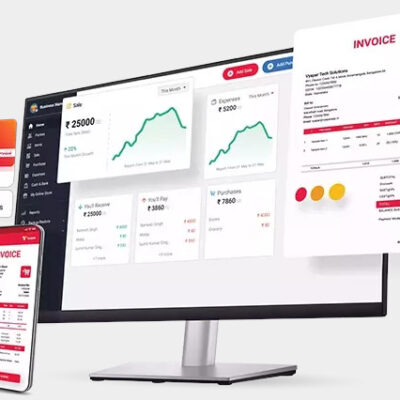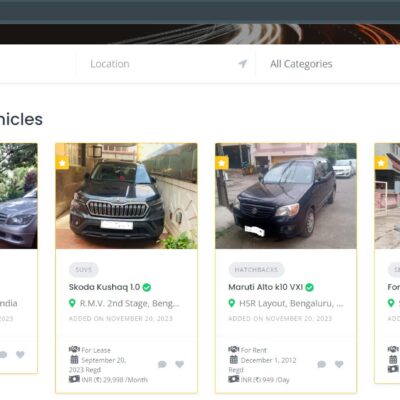The real estate industry is ripe for innovation, and if you’ve ever dreamt of creating a platform that simplifies property transactions, now is the time. Launching your own real estate directory listing marketplace is a strategic move that can connect buyers, sellers, and agents seamlessly. In this blog post, we’ll guide you through the essential steps to turn your vision into reality.
Step 1: Define Your Real Estate Niche
The real estate market is diverse, and finding your niche is crucial for a targeted and successful marketplace. Decide whether you want to focus on residential, commercial, luxury, or rental properties. Identifying your niche will shape your website’s design, features, and marketing strategy.
Step 2: Choose the Right Platform
Selecting the right platform is the foundation of your real estate directory listing marketplace. Platforms like WordPress with specialized real estate themes, or dedicated solutions like Real Geeks or Zillow’s API, can provide the functionality you need. Consider factors such as ease of use, customization options, and scalability.
Step 3: Craft an Elegant and Intuitive Design
First impressions matter in real estate. Design a website that reflects the sophistication of the industry. Opt for a clean, intuitive layout that prioritizes property images and key details. Utilize high-quality visuals to showcase properties effectively and make navigation seamless for users.
Step 4: Implement Advanced Search and Filter Options
Help users find their dream property with robust search and filter features. Enable searches based on location, property type, price range, and other relevant criteria. A well-designed search functionality enhances the user experience and sets your marketplace apart.
Step 5: Enable User Accounts and Listings
Allow property owners and real estate agents to create accounts and list their properties on your platform. Streamline the listing process with a user-friendly interface and tools that facilitate detailed property descriptions, high-resolution images, and virtual tours when possible.
Step 6: Integrate Secure Payment and Communication Channels
Security is paramount in real estate transactions. Integrate secure payment gateways for premium listings or featured properties. Additionally, implement secure communication channels to enable potential buyers to reach out to property owners or agents directly.
Step 7: Incorporate Map and Location Services
Enhance the user experience by incorporating map and location services. Interactive maps can provide users with a visual representation of property locations, nearby amenities, and neighborhood information. This feature adds value to the property search process.
Step 8: Prioritize Mobile Responsiveness
In today’s on-the-go world, your marketplace must be accessible on mobile devices. Ensure your website is responsive and provides a seamless experience across various screen sizes. Mobile optimization is essential for catering to users who prefer browsing properties on their smartphones or tablets.
Step 9: Build Trust with Reviews and Ratings
Establishing trust is crucial in the real estate industry. Implement a rating and review system that allows buyers, sellers, and agents to share their experiences. Positive reviews build credibility and help users make informed decisions.
Step 10: Launch and Market Your Marketplace
With your real estate directory listing marketplace ready for action, it’s time for the grand reveal. Implement a comprehensive marketing strategy that includes social media promotion, content marketing, and collaborations with real estate professionals. Consider launch promotions or exclusive features to attract early adopters.
Creating a real estate directory listing marketplace requires careful planning and attention to detail. HomeHub is more than just a platform; it’s a community where property seekers and sellers come together to find their perfect match. Start building your real estate empire and transform the way people buy, sell, and explore properties. Happy home hunting!
-
Billing & Invoicing Software
Original price was: ₹52.50.₹1.00Current price is: ₹1.00. -
Cars, Bikes & Automobiles Website Designing Service
Original price was: ₹60,000.00.₹45,000.00Current price is: ₹45,000.00. (Onwards) -
Ecommerce Website Designing Service
Original price was: ₹60,000.00.₹25,000.00Current price is: ₹25,000.00. (Onwards)



